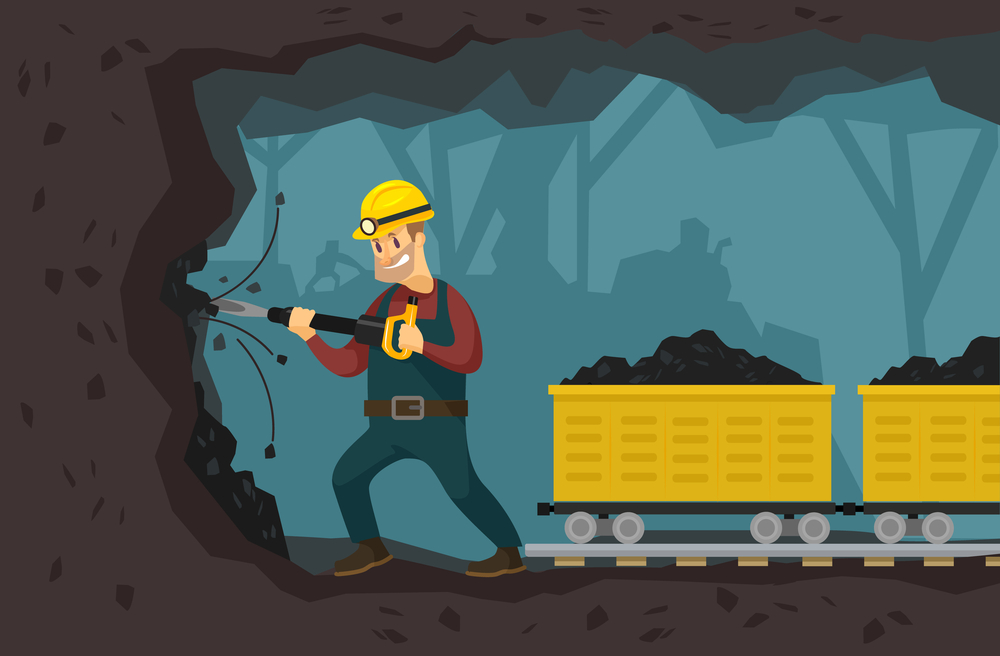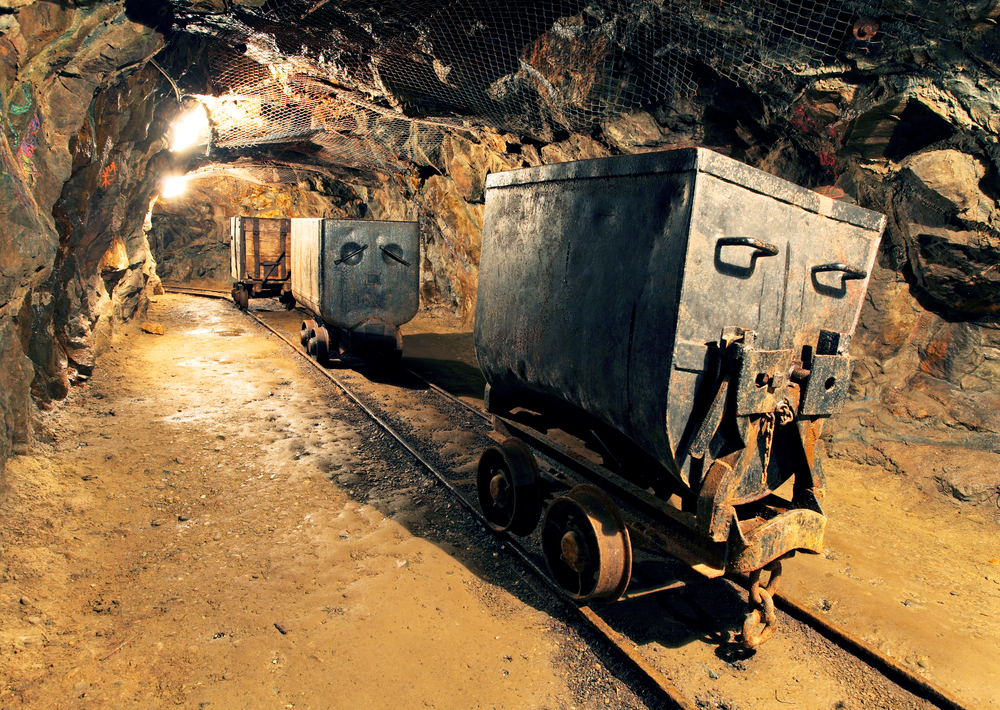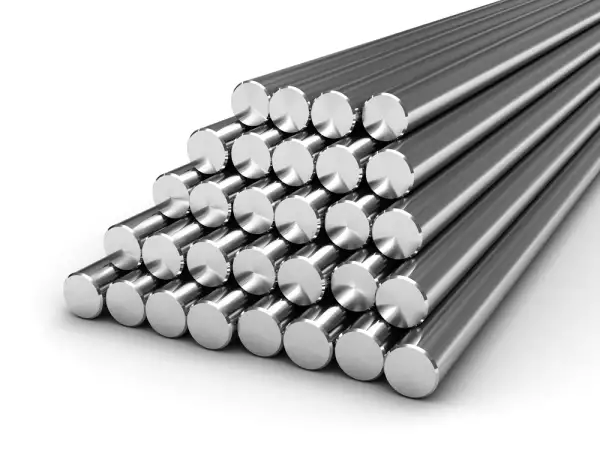
The safety of mining works and even lives of miners depend on the quality of electrical grounding arranged in the mine. Therefore, special requirements are imposed on the arrangement of grounding in the mine.
How is grounding arranged in the mine?
Inside mines, all types of grounding arrangements must be connected into a single network (except for the spark-safe equipment of telephone communications). The rails of the underground railroad used for transporting goods in the mine are also connected to this network. Even more, all metal parts of machines, equipment, and other machinery located in the mine must be electrically connected to avoid spark generation.
There are main and local grounding arrangements. The main grounding arrangement is a metal bar installed in a water storage or a sump. At least two main grounding arrangements are installed for each mine to provide redundancy in case of a failure of one of them. A single group of main grounding arrangements exists even when the mine has several levels. The grounding system for each level is electrically connected to main grounding arrangements.
In special cases, location of a main grounding arrangement on the earth surface is allowed as well as the use, as a second main grounding device, of the metal pipe for strengthening the well.
Local grounding arrangements are created directly near the transformer and distribution substations as well as some types of electrical equipment. Metal strips located on a broken rock pad are used as local grounding arrangements. Moreover, metal grooves of the hydraulic transport system as well as frame supports can also be used as local grounding arrangements.
During the control, the measurement of resistance of the entire grounding system is performed for each individual grounding arrangement.
Using GOST 28298-89 in current conditions
In 1990, in the former USSR, GOST 28298-89Grounding of Mine Electrical Equipment. Specifications and Control Methods was made effective. This standard is still effective in the Russian Federation and in some other former Soviet republics. The document relevance is related to the fact that it has embodied an extensive experience of operation of the electrical equipment in mines, which has been accumulated by that time. Moreover, the standard is based upon a rather flexible approach to grounding design, which can be used in various conditions.

For main grounding arrangements in mines, we should use steel bars having area at least 0.75 sq. m, thickness at least 5 mm, and length at least 2.5 m. To create local grounding arrangements located in drain-lines of the pits, steel bars having area at least 0.6 sq. m, thickness at least 3 mm, and length at least 2.5 m should be used. If a local grounding arrangement is located in a borehole, then the pipes having the diameter at least 30 mm and the length at least 1.5 m should be used, and the holes must be provided in their walls. The free space of the borehole is filled with a hygroscopic material and regularly moistened upon its drying (items 1.3.2 to 1.3.4). Moreover, GOST 28298-89 states how to use the mine structural elements as grounding arrangements. We will not discuss it here due to its large volume.
In addition to a particular description of options of the grounding arrangement design, GOST also provides rating of electrical grounding parameters that can be used as a reference (item 1.2.5). The grounding resistance should be such that it would be able to provide standards for touch voltage according to GOST 12.1.038-82. However, in any case, the grounding resistance should not be more than 2 Ohm.
According to item 1.2.3 in this GOST, the main grounding circuitry and grounding circuit should be made of a thick steel conductor 100 sq. mm in cross-section. The use of aluminum wires in the grounding system is not permitted.
Each facility requiring the grounding system should be connected to grounding bus assemblies or to the grounding arrangement using a separate branch made of steel or copper having at least 50 and 25 sq. m in cross-section, respectively. The grounding conductor assemblies for a group of facilities are made of steel having at least 50 sq. mm in cross-section or of copper having at least 25 sq. mm in cross-section (item 1.3.9 to 1.3.10).
For communication devices, GOST provides some less strict requirements. Thus, the equipment connection to grounding arrangements using a steel or a copper wire having at least 12 and 6 sq. mm in cross-section, respectively, is allowed. And for spark-proof equipment for the telephone communications, the use of only a local grounding arrangement without its connection to the common grounding network is allowed.
Measurement of the grounding resistance throughout the network and visual inspections of the grounding system should be performed at least once in 3 months. Separately, at least once in 6 months, visual inspections and, if required, repairs of main grounding arrangements are made.
Note that considered GOST, for safety purpose, prohibits the use of electrical networks with dead-earthed neutral wires in mines as well as the connection of consumers located under the ground. The only exception is underground railroads.
Two additional standards: standards and instructions
In addition to GOST 28298-89, Russia also has effectiveSafety Rules for Mining and Processing of Hard Mineral Resources approved by Rostekhnadzor on December 11, 2013. As it follows from the name, the scope of application of this document includes both issues of building and control of condition of the grounding arrangements in mines and other safety aspects during production and processing of natural resources by both closed and open-cut mining.
The "Rules..." contain a separate Section VII "Electrical Safety Requirements" that includes the issues related to grounding system (item 1008). Moreover, grounding is also described in sections dedicated to the underground electrical transport in the mine.
Item 1008 provides the standard for the grounding resistance during the open-cut mining, but... it does not say anything about standards for the mines. Compared to GOST, a requirement to ground cables of the illumination system every 100 m has been added. Also, the mandatory use of the local grounding arrangement during mining in the rocks having high resistivity has been cancelled.
Regarding the remaining text, the requirements of item 1008 of the "Rules..." do not contradict GOST; however, they are much less detailed and informative.
Nevertheless, if we are talking about the electrical safety issues not directly related to the grounding arrangement, namely, the use of ground fault interrupters (GFIs), standardization of insulation parameters, etc., then in these terms, the "Rules..." have been detailed sufficiently.
In addition to the specified document, Rostekhnadzor also approved, on November 6, 2012, the Instructions for Building, Inspection, and Measurement of Mine Grounding Systems». It has a status of the federal standard and rules in industrial safety.
In general, the "Instructions..." match the main provisions of GOST 28298-89, some of which have been disclosed more fully. The "Instructions..." contain the standards governing the methods for connection of grounding wires; this is not described in GOST 28298-89. Moreover, the "Instructions..." as well as the "Rules" have a requirement that is missing from GOST 28298-89 on the need to ground the illumination cable every 100 m. Item 29 of the "Instructions..." details the procedure for resistance measurement. But the "Instructions..." discuss the use of structural elements of the mine to create a local grounding system in less details.
Conclusions
When solving a problem of designing the grounding system in the mine, you should use GOST 28298-89 as well as the Instructions on Building, Inspection, and Measurement of Mine Grounding Systems. However, the issues of arranging the grounding system cannot be considered separately from the general safety in the mine; therefore, the Safety Rules of Mining and Processing Hard Mineral Resources is also a useful source. But in order to fully meet all standards provided in all of the three documents within a limited budget, we need experience and certain skills. The employees of the Engineering Center of Zandz.com have them. To design or develop solutions for the mine grounding, contact the ZANDZ Technical Center!
Related Articles:




